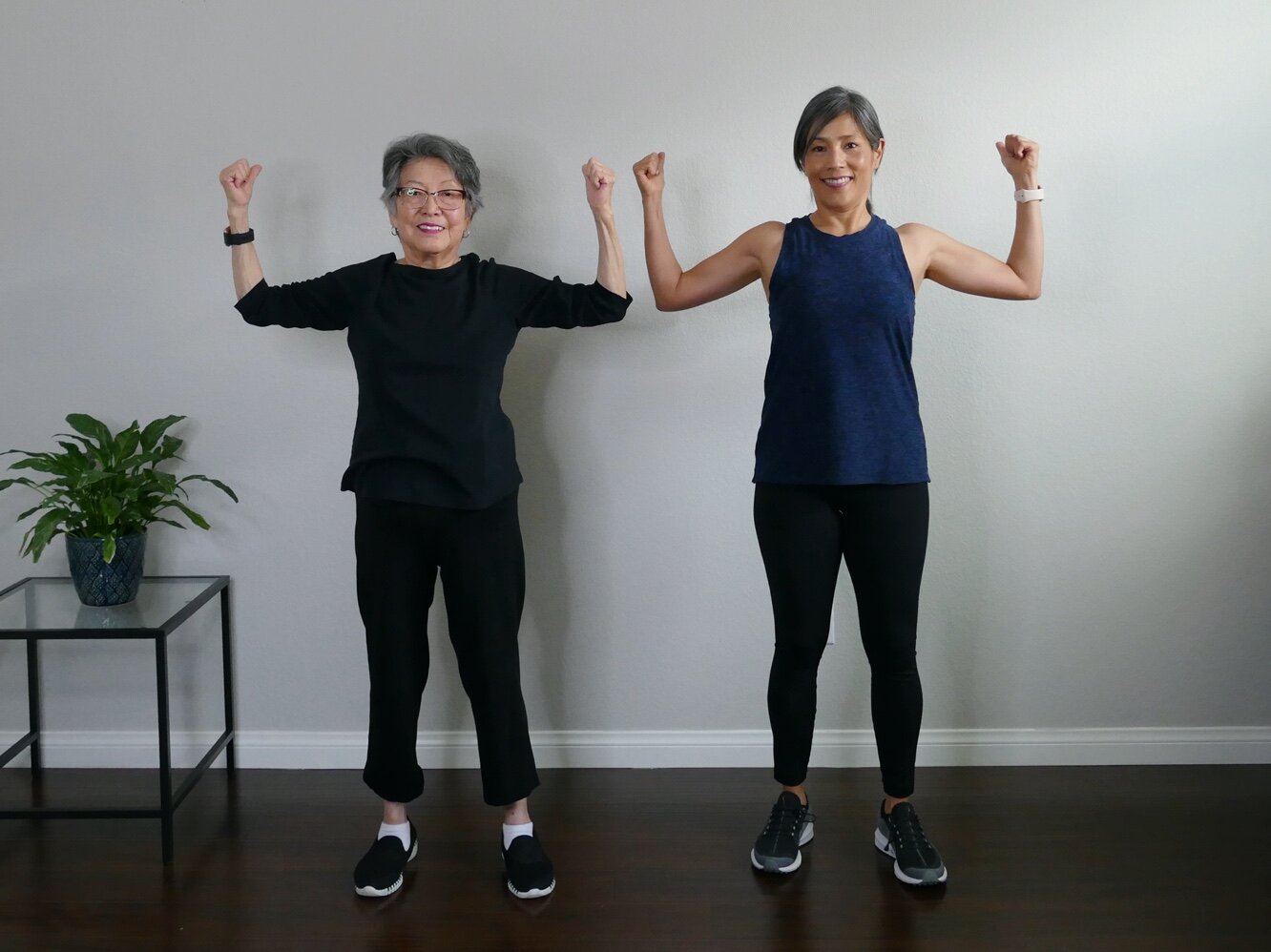5 Exercises to Fix Bad Posture
Do you remember being told to balance a book on your head to have good posture? There is some truth to this home remedy -- proper alignment of your spine not only makes you look good, it’s good for your health.
Good posture enables us to move and breathe correctly - standing, walking, sitting, and lying in positions that do not strain supporting muscles and ligaments. Keeping joints in alignment reduces the stress on the ligaments and decreases the likelihood of injury, while allowing muscles to work more efficiently.
Poor posture is prevalent these days, particularly with our connection to technology -- we’re spending a lot of our time looking down at our phones, staring at our computers, watching TV or playing videogames.
Also, as we age, our backs tend to round with our spines forming a “C”. One study noted that this increases with age in healthy women, with the greatest difference observed between women 50 and 59 years of age. The aging of soft tissues may play a contributing role and improving muscle tone may help improve postural alignment, especially in individuals without vertebral fractures.
Two common postural problems are “forward head” and/or “rounded shoulders.” In our new video, we share five exercises to help combat both:
Corner Wall Stretch: Hold for 10 seconds; Do 3 times.
Upper Trapezius Stretch: Hold for 10 seconds; Do 5 times left and right.
Bonus Chest Stretch: Hold for 20 seconds; Do 3 times.
Chin Tuck: Hold for 5 seconds; Do 10 times.
Y-T-W-I’s: Hold each move 10 seconds; Do 5 times.
We recommend doing these exercises three times a week, working up to everyday.
Here’s simple guide: proper posture occurs when your ear, shoulder, and hip are in alignment when you look at yourself from the side view.
One rule of thumb is that for every inch that the head is held forward in poor posture, an additional 10 pounds of weight is felt on the cervical spine.So if the average head weighs between 10 and 12 pounds, just 1 or 2 inches of forward head posture can double or triple the load on the cervical spine.
So if you’re in good health and don’t have non-correctable factors such as congenital conditions or traumas (e.g., surgery or injury), exercises can help you correct poor posture. As always, please check with your doctor before doing exercises.
Let’s get moving and standing up straight!
References:
Like this workout? Join our email list to get the latest fitness videos and inspiration!

